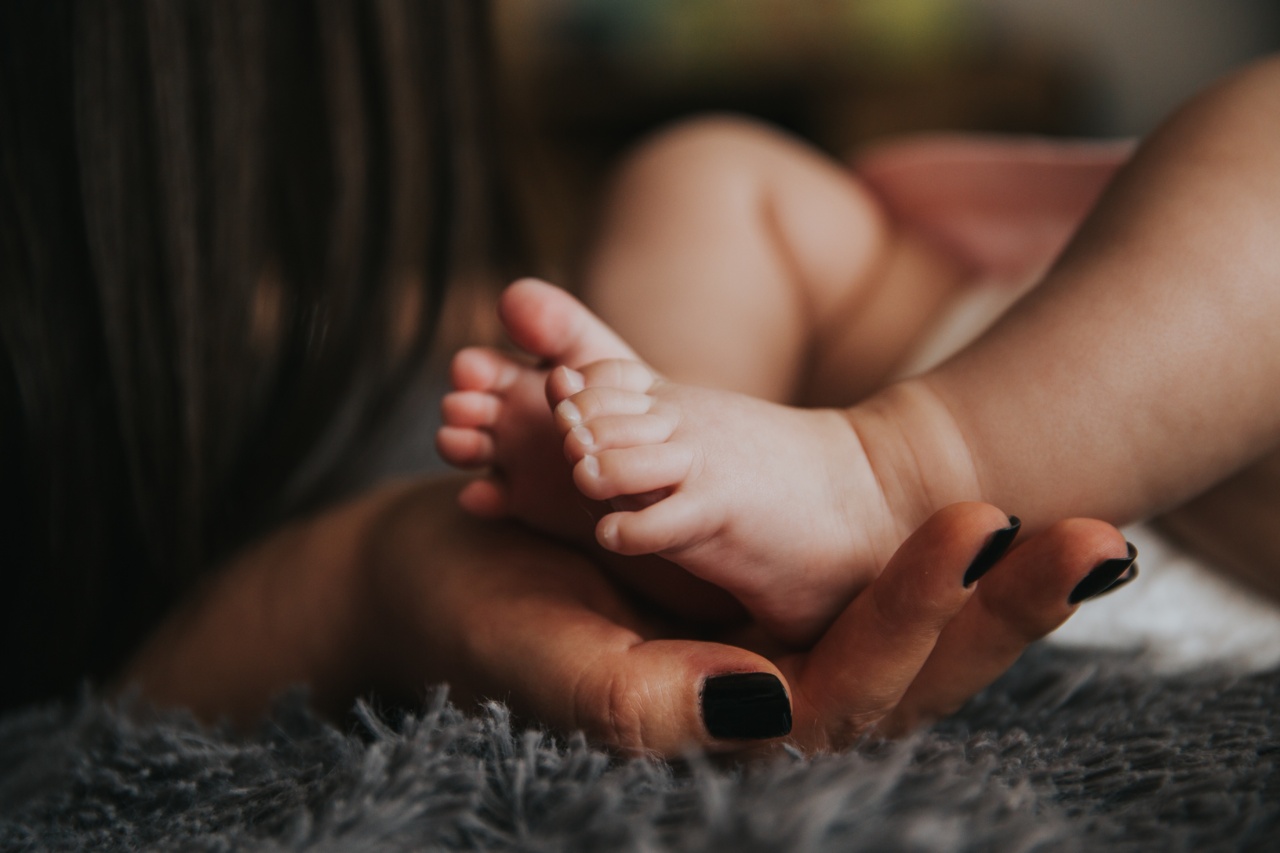If you suffer from varicose veins on your feet, you are not alone. This common condition affects millions of people worldwide. Varicose veins are enlarged, twisted, and swollen veins that often appear blue or dark purple.
They can be painful and unsightly, causing discomfort and self-consciousness. However, there are several quick hacks that can help alleviate the symptoms of varicose veins and improve your overall well-being.
In this article, we will explore these hacks and provide you with practical solutions to manage varicose veins on your feet.
1. Elevate Your Feet
Elevating your feet is one of the simplest and most effective hacks for reducing the symptoms of varicose veins. By elevating your feet above heart level, you can promote better blood flow and relieve pressure on your veins.
Whenever possible, prop up your feet on a pillow or find a comfortable position that allows your feet to be elevated for at least 15 minutes a few times a day. This can help reduce swelling and discomfort associated with varicose veins.
2. Exercise Regularly
Regular exercise can do wonders for improving blood circulation and reducing the risk of varicose veins on your feet.
Engaging in activities that promote leg movement, such as walking, cycling, or swimming, helps to pump blood back up to the heart against the force of gravity. This reduces the pooling of blood in the veins and alleviates symptoms. Aim for at least 30 minutes of moderate exercise most days of the week to keep your veins healthy and strong.
3. Wear Compression Socks
Compression socks are a valuable tool in managing varicose veins. These specially designed socks provide graduated pressure, with the highest pressure at the ankle and gradually decreasing as they go up the leg.
This helps promote proper blood flow by assisting the veins in pushing blood towards the heart. By wearing compression socks regularly, you can reduce swelling, pain, and the risk of blood clots. Talk to your doctor or a certified compression garment specialist to find the right compression level and fit for your needs.
4. Maintain a Healthy Weight
Excess weight can put additional strain on your veins, worsening varicose veins and their symptoms. Maintaining a healthy weight can help reduce the pressure on your veins and improve blood circulation.
Incorporate a balanced diet with plenty of fruits, vegetables, whole grains, and lean proteins. Combine it with regular physical activity to achieve and maintain a healthy weight, which can significantly alleviate varicose vein discomfort.
5. Avoid Prolonged Sitting or Standing
Prolonged periods of sitting or standing can contribute to the development and exacerbation of varicose veins on your feet. When you sit or stand for long periods, blood in your legs has to work against gravity to return to your heart.
This can lead to poor circulation and increased pressure on your veins. If your job requires you to sit or stand for extended periods, make an effort to take regular breaks to move around and stretch your legs. This will help improve circulation and reduce the risk of developing or worsening varicose veins.
6. Massage Your Feet
Massaging your feet can provide immediate relief from the discomfort of varicose veins. Gently apply pressure with your fingertips and use circular motions to massage your feet and legs. This helps stimulate blood circulation and reduces swelling.
You can use natural oils like olive or coconut oil to make the massage more enjoyable and beneficial. Regular self-massage can help keep your veins healthy and alleviate the symptoms of varicose veins.
7. Follow a High-Fiber Diet
A diet rich in fiber is essential for maintaining good overall health, including the health of your veins. Foods high in fiber, such as fruits, vegetables, whole grains, and legumes, promote regular bowel movements and prevent constipation.
When you strain during bowel movements, it increases pressure in your abdomen, which negatively affects blood flow in your veins. By including ample fiber in your diet, you can prevent constipation and reduce the strain on your veins, ultimately improving the symptoms of varicose veins.
8. Apply Cold Compresses
When varicose veins cause pain or discomfort, applying cold compresses can provide instant relief. Wrap a cold pack or a bag of frozen peas in a thin cloth and apply it directly to the affected area for 15 minutes.
The cold temperature constricts blood vessels and reduces inflammation, helping to alleviate pain and swelling. Avoid applying ice directly to your skin and do not use cold compresses for extended periods, as it can damage your skin. Repeat this several times a day as needed.
9. Stay Hydrated
Staying hydrated is crucial for promoting healthy blood circulation and preventing the formation of blood clots. When you are adequately hydrated, your blood is less viscous, making it easier to flow through your veins.
Aim to drink at least 8 glasses (64 ounces) of water per day. If you struggle with drinking plain water, try infusing it with fresh fruits or herbs for added flavor. Avoid excess caffeine and alcohol, as they can contribute to dehydration and worsen varicose veins.
10. Consider Natural Remedies
In addition to lifestyle modifications, several natural remedies can complement your varicose veins treatment. These include horse chestnut extract, which has been shown to improve vein health and reduce pain and swelling.
Another popular remedy is witch hazel, which can help strengthen blood vessels. Essential oils, such as cypress and lavender, can also provide relief when applied topically. However, it is essential to consult with a healthcare professional before using any natural remedies to ensure they are safe and suitable for you.
By incorporating these quick hacks into your daily routine, you can effectively manage varicose veins on your feet.
Remember to consult with a healthcare professional if you experience severe pain, bleeding, or if your varicose veins worsen despite home remedies. With proper care and attention, you can alleviate discomfort and improve the appearance of varicose veins, enhancing your overall well-being and confidence.































